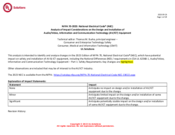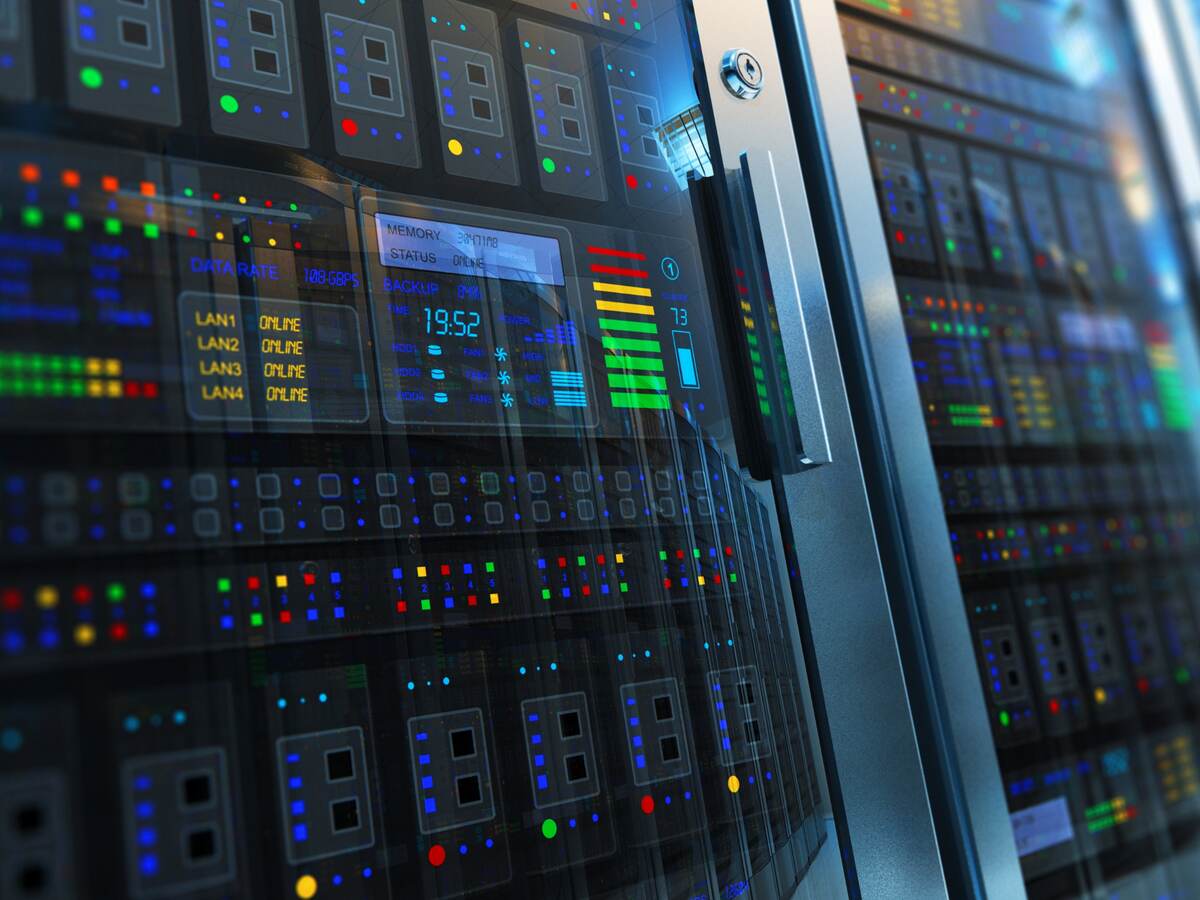
NEC 2023 AV ICT Impact 2023-09-25
Demonstrate compliance to IEC 62368-1, the hazard-based standard for IT and A/V products.

Safety standards for Audio/Visual and Information Technology Equipment (ITE) products moved away from a prescriptive approach to a hazard safety approach with the introduction of IEC 62368-1. This hazard-based standard offers greater flexibility in product design and makes it easier to introduce new technology.
Currently, the requirements for IEC 62368-1 continue to evolve, and various countries around the globe are transitioning to the fourth edition of the standard.
62368-1 covers a wide range of technology products, including:
UL Solutions, a global safety science leader, can help you understand the requirements of IEC 62368-1 as they apply to your target markets and offerings, test and certify your products for the latest 62368-1 edition.
UL Solutions service page is a comprehensive resource that includes:
In the near future the 62368 Knowledge Hub content will be merged with this service page. You will automatically be redirected to this site should you login to the hub. Future updates on the hub will be posted here.
UL Solutions is active in IEC TC108, the IEC technical committee responsible for standards for safety of electronic equipment within AV, information technology and communication technology. This provides our engineers with insights into the latest developments associated with IEC 62368-1 and a solid understanding of the principles on which these standards are built.
A hazard-based safety standard focuses on identifying and mitigating risks, rather than providing prescriptive, product‑dependent requirements. UL Solutions’ safety and regulatory expertise spans multiple industries around the globe, making us your partner of choice for meeting the requirements of a hazard-based safety standard and efficiently bringing your products to the world market.
Get the facts about successful IEC 62368-1 compliance from UL Solutions experts.
Gain expertise to design to and comply with the latest requirements associated with IEC 62368-1. Our comprehensive course comprised of two separate training modules: an eLearning component and the instructor-led session. The eLearning component covers the basics of the standard. The instructor-led session digs deeper into the detailed technical content and features progressive knowledge checks and engaging interactions to help learners reinforce and apply the new concepts.

NEC 2023 AV ICT Impact 2023-09-25

62368-1 Ed4 Impact Analysis 2023-07-14.PDF

Infosheet_62368 4th Ed_Evaluation_Services

Top 62368 Hub FAQ's

Consumer Technology Overview Brochure

Make the Change to UL Solutions infosheet

62368-1 Ed 3 UL Analysis 2021-10-22.pdf

60950 22 62368-1 Roadmap 2020-06-01.pdf

62368-3 Backgrounder 2021-05-17.pdf

Movement toward IEC 62368-1 2018 standard in Europe.pdf

NEC 2017 AV ICT Impact 2019-03-18 update.pdf

NEC 2020 AV ICT Impact Ext 2020-05-13.pdf

UL Position Statement EU components 4.1.1 2020-11-10.pdf
Thanks for your interest in our products and services. Let's collect some information so we can connect you with the right person.